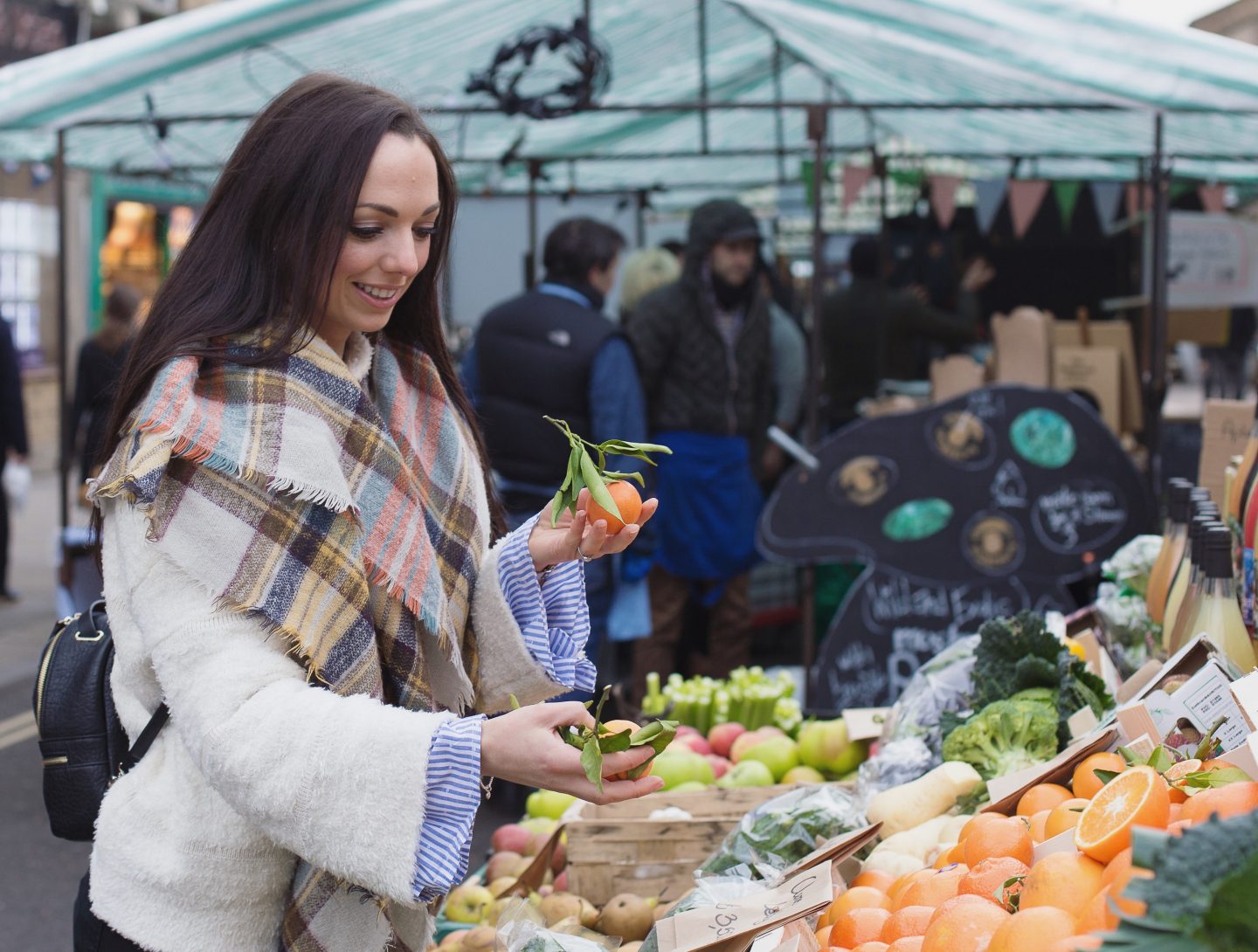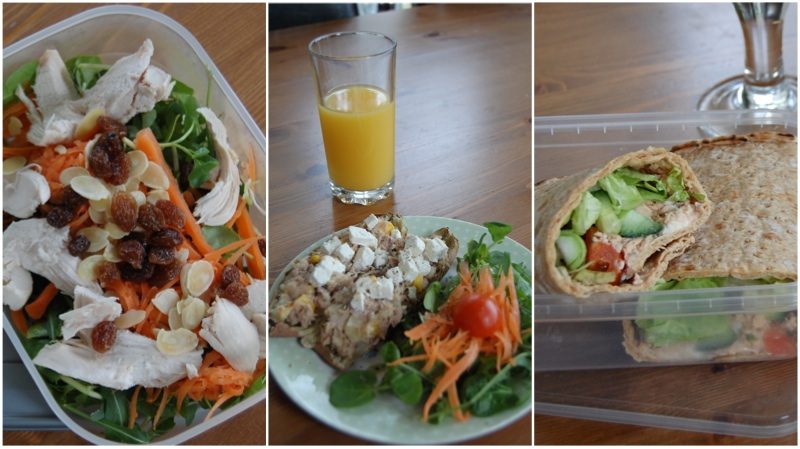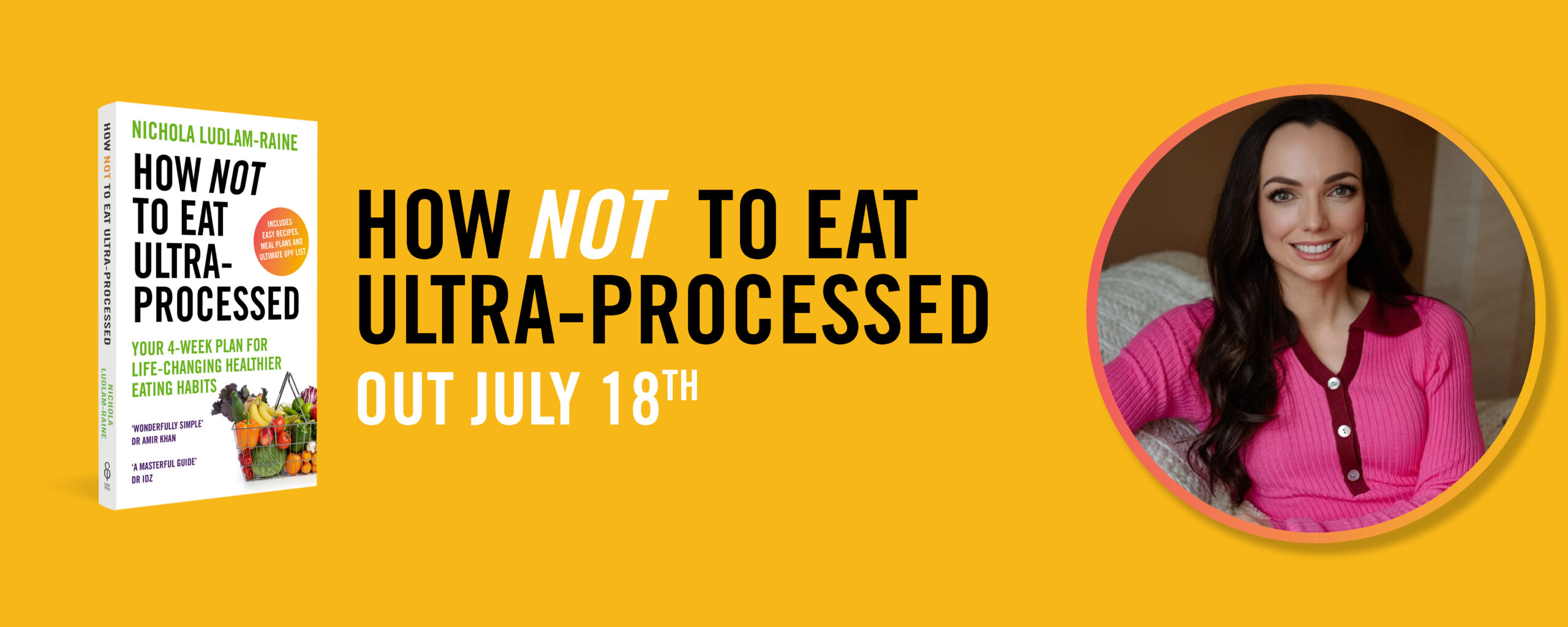
Lunch breaks are there for a reason. They’re a chance to re-fuel physically, and re-focus psychologically, for the afternoon ahead. In this blog post we’re going to look at what you can eat (and also do) to help you to perform at your best.
PS I originally wrote this article for Teen Breathe magazine but it applies to adults as well as children and teenagers!

NUTRITION & HYDRATION for CONCENTRATION
Research shows that pupils who eat a nutritious lunch are more likely to achieve better test scores in comparison to those who do not. This could be because their bodies are being provided with the essential nutrients that they need, in combination with a boost of energy for forthcoming lessons and/or exams. Our brains run on glucose (a break down of carbohydrate), which is why we start to feel ‘fuzzy’ and don’t function at our best when we haven’t eaten for a long period of time.
Whether you choose to have a cooked meal in school, eat out of the school grounds or take a packed lunch, there are 4 elements that should be present to keep things interesting; a main dish, a side dish, a snack or dessert and a drink, and each has its own purpose:
- Main – In order to stay fuelled all afternoon your main dish should combine a protein source, such as eggs, chicken, beans or cottage cheese, with a slow release carbohydrate such as seeded bread, sweet potato, basmati rice or pasta, and a source of fibre such as salad or vegetables. Whole-grains such as wholemeal pasta as well as vegetables are a great source of B vitamins which help our bodies to release energy from the foods that we eat. Healthy fats are essential for brain function so adding a drizzle of olive oil or a sprinkling of feta cheese to your main dish will not only help to enhance nutrient uptake but will help your brain as well as heart to stay healthy too; for example you could have a baked potato (carbohydrate) with cottage cheese (protein), rocket (fibre) and a drizzle of olive oil (healthy fat).
- Side – Add some colour or crunch; a side dish gives you the opportunity to add yet another portion of your 5 a day or something with added texture to make your lunch more interesting to eat; for example a side salad with chopped fruit and nuts.
- Snack – You may want to enjoy this as a dessert or in the afternoon break; either way a little bit of what you fancy does you good and a healthy balanced lunch is just that; balanced, meaning we can afford a little bit of indulgence; for example a packet of crisps or a small chocolate bar. There’s no need to deny yourself little treats.
- Drink – Maintaining optimal hydration levels, i.e. drinking enough fluid, helps your body to maintain vital functions including keeping your brain working optimally. A lack of fluid, i.e. dehydration, can lead to headaches which may distract you from your daily tasks and physical tasks may also be compromised. To make sure that you’re drinking enough aim for your urine to be a pale straw colour. Aim to drink at least 8 glasses of fluid a day or more if you’re exercising or if it’s warm outside; the more you sweat the more you’ll need to drink. Keep a water bottle with you to encourage you to drink more and don’t forget about herbal teas to add a little variety and flavour. Regular teas and coffees also count towards your fluid intake, as do smoothies, milk and soups!
So now you know what you should be including in your lunch, why not try out these ideas for some inspiration:
- MAIN – Salmon & cream cheese cucumber wrap
- SIDE – Rocket salad with walnuts
- SNACK – Natural yoghurt with raspberries
- DRINK – Orange juice (150ml)
- MAIN – Caesar salad bites on toast
- SIDE – Roasted chickpeas with paprika
- SNACK – Oat-based cereal bar (homemade or shop bought)
- DRINK – Apple juice (150ml)
- MAIN – Sweet potato with sweetcorn, tuna and feta cheese
- SIDE – Hummus and carrots or pitta bread
- SNACK – Small bar of chocolate
- DRINK – Still or sparkling water
- MAIN – Cheesy Pesto Wheels
- SIDE – Greek salad
- SNACK – Cucumber and tzatziki
- DRINK – Fruit smoothie (150ml)
- MAIN – Chicken salad with grated carrot and yoghurt
- SIDE – Avocado Naan
- SNACK – Orange segments dipped in dark chocolate
- DRINK – 200ml Milk
The most important thing to remember when it comes to performing at your best is to get the basics right, which means in addition to eating a healthy balanced diet and staying hydrated you need to make sure that you’re sleeping well and exercising regularly too:
- SLEEP for CONCENTRATION
How do you feel and function when you’ve had a lack of sleep the night before? I for one do not feel 100% and find myself thinking about ‘how tired I am’, rather than the task in hand. Sleep is vital for brain function which includes cognition, concentration, productivity and performance. A lack of sleep can hinder all of these, in addition to impacting negatively on both memory and problem solving skills. Research has also shown that sleep deprivation can lead to consuming more fatty and sugary foods the next day; our brains are literally craving energy! Willpower is also likely to be compromised meaning you may no longer be as motivated to tick off your to do list.
In order to ensure that both your brain and body are adequately rested in order to function optimally the next day, most teenagers require around 9 hours of sleep a night. In addition to this, the sleep should be of ‘good quality’ i.e. undisrupted. You should try to go to bed and wake up at similar hours during the week, for example going to bed at 10pm and waking up at 7am. Getting enough sleep as well as adequate rest will mean that you’ll be more focussed during the day and consequently more productive too.
- EXERCISE for CONCENTRATION
Keep your body moving throughout the day so that you don’t become restless or sluggish. Your digestive system for one needs movement in order to work effectively and your body is designed to move, not to sit all day. A 10 minute walk on your lunch break is ample for a mid-day boost and keeping moving will help to increase the amount of oxygen to your brain, leading to a positive influence on your afternoon productivity and energy levels too.
Some people like to wear a fitness monitor to track daily steps and it’s amazing how taking the steps over the lift and a walk on your lunch can add up; aim to increase your steps daily with a target of 10,000 steps a day. If you struggle with the motivation to stay active during the day then why not add a bit of ‘gamification’; encourage like minded friends to use the same fitness app as you or buy the same fitness tracker so you can encourage each other to keep moving and enjoy a bit of healthy competition too!
We hope these tips help to feel fuelled at focus all day at school!
